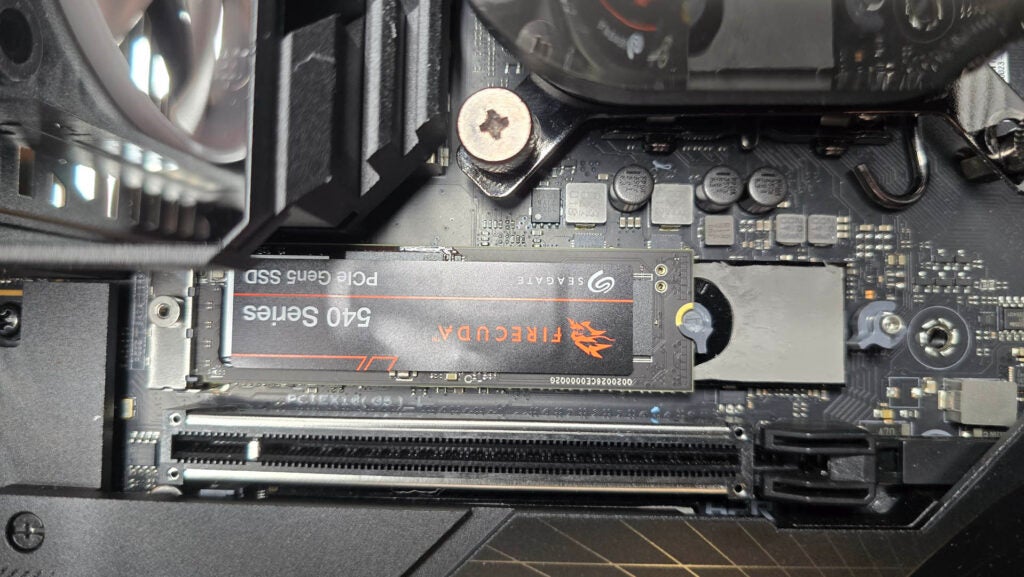[ad_1]
If you’ve ever purchased components for your new PC, you’ve likely come across the term PCIe 4.0. What does this actually mean, and is it something you should factor into your buying decision?
We’ve created this guide to explain everything you need to know about PCIe 4.0, while also answering numerous frequently asked questions on the technology.
What is PCIe 4.0?
PCIe 4.0 is the fourth generation of the Peripheral Component Interconnect Express technology, which is used to help your CPU communicate with additional components (such as your SSD and graphics card) via your motherboard.
The generation of the PCIe technology reflects its peak bandwidth speeds, with newer iterations allowing data to be transmitted at a higher rate per second. PCIe 4.0 launched in 2017 and has a maximum data transfer rate of 16 GT/s, with a 1x bandwidth of 2GB/s.
The older PCIe 3.0 standard offered half that speed at 8 GT/s, whereas PCIe 5.0 is twice as fast at 32 GT/s. These speeds determine the performance ceiling of connected components.
Right now, it’s the SSD that arguably benefits the most from the generational leaps in PCIe performance. Existing PCIe 4.0 SSDs can reach up to a 7000 MB/s read speed, while the new PCIe 5.0 SSDs have a theoretical performance ceiling of 14,000MB/s which is twice as fast.

To put those speeds into perspective, Sony was lauded for enabling 5500MB/s read speeds for the PS5’s SSD, allowing for near-instant loading times that all but eradicated the notorious loading screen when gaming. While that speed was considered fast when the PS5 first launched, the new performance ceiling makes Sony’s console seem slow by comparison.
Graphics cards also make use of the PCIe technology, although they’re lagging behind in terms of taking full advantage of the latest speeds. The current line-up of AMD and Nvidia graphics cards still use PCIe 4.0, and it’s not expected that future cards will make the leap to PCIe 5.0 anytime soon.
It’s important to note that you can only make use of PCIe 4.0 if both your desktop processor and motherboard support the technology. AMD processors started adopting the technology with the Ryzen 3000 family, while Intel embraced it with the 11th Gen Rocket Lake chips. If you own an older processor, then your PCIe 4.0 components won’t be able to reach their full performance potential – fortunately they are backwards compatible though, so they’ll still function, just at restricted speeds.
[ad_2]
Source link

